Dallas Holocaust Museum: An Upstander for Human Rights
As I read through Corrie ten Boom's The Hiding Place again with my thirteen year old daughter, the incredible suffering many experienced during the holocaust of World War II humbled me once more. Sometimes it can be challenging in our comfortable worlds to remember how blessed we are. Visiting the Dallas Holocaust Museum is a great perspective adjuster.
My daughter's class scheduled a visit to the new Dallas Holocaust and Human Rights Museum, and I tagged along. The entire experience was so moving that I took my whole family and a couple of nieces and a nephew back to explore more.
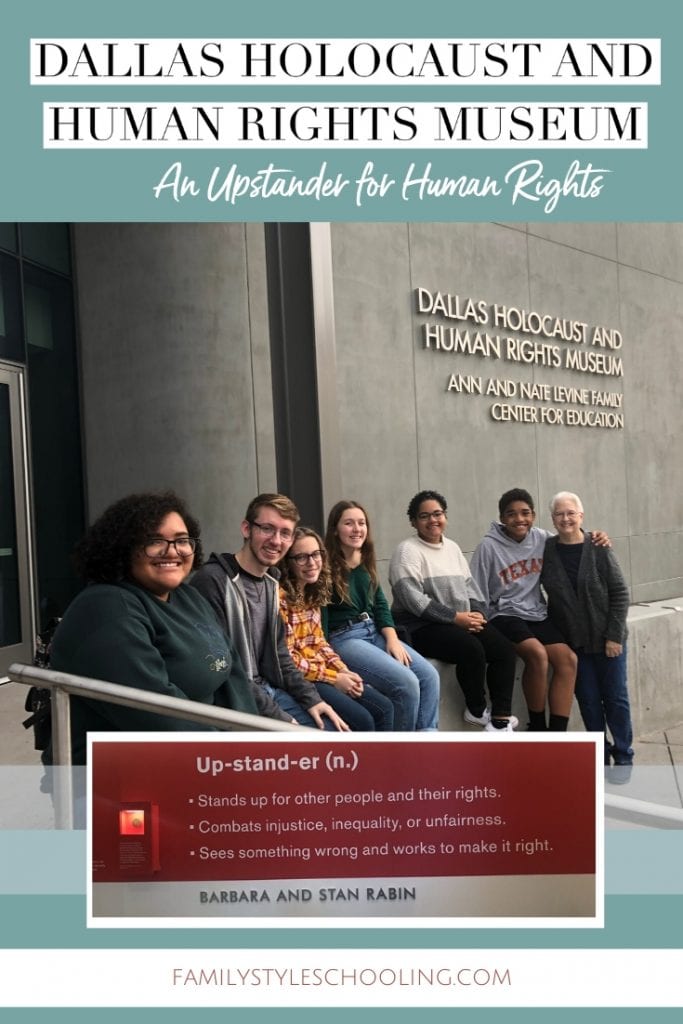
Dallas Holocaust and Human Rights Museum
This museum starts off by offering a framework for viewing the exhibit. You'll meet four characters:
- Victims - those who have been harmed
- Perpetrators - those who are causing the harm
- Bystanders - those who simply stand by and watch the harm being done
- Upstanders - those who see the harm and put themselves in harms way to stand up for those who can't stand up for themselves
I think the key to the power of this exhibit is the focus on upstanders. By highlighting these characters throughout history, it inspires the attendees to find ways to become upstanders themselves.
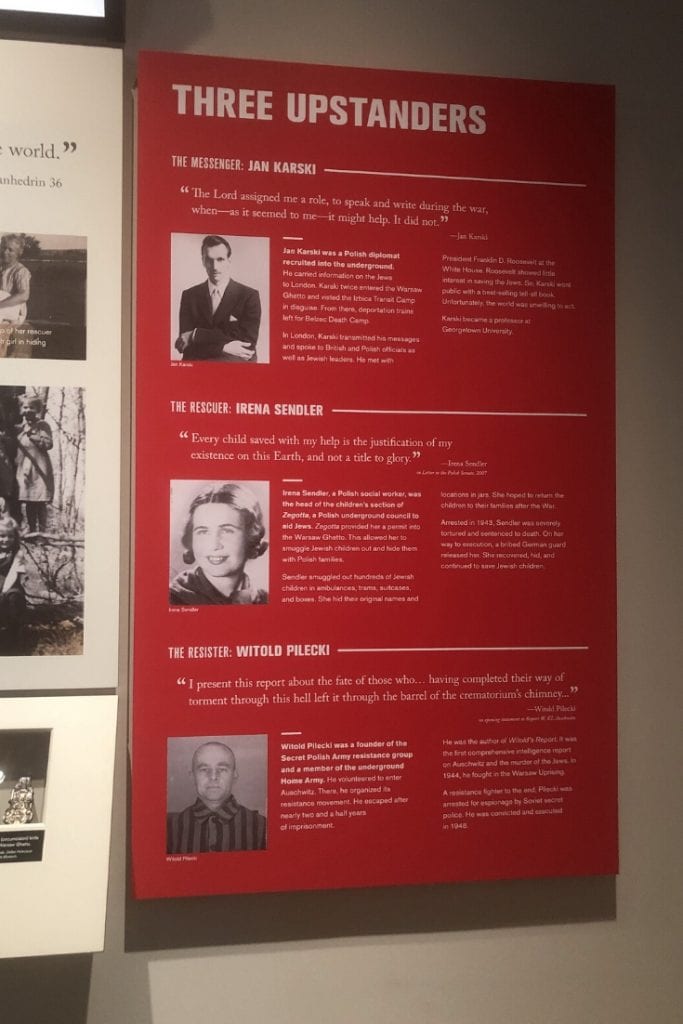
I've been to other exhibits that are depressing and emotionally draining, but I left this museum feeling inspired to learn more.
Elements of the Dallas Holocaust Museum
After the initial introduction, you go to the beginning of the exhibit on the third floor. This leads you through a progression of the Holocaust starting with Hitler's ascent into power.
There were elements of WWII that I had not seen before. The maps and charts depicting events like the Holocaust by Bullets expanded my understanding of the way the Nazi's killing strategies developed over time.
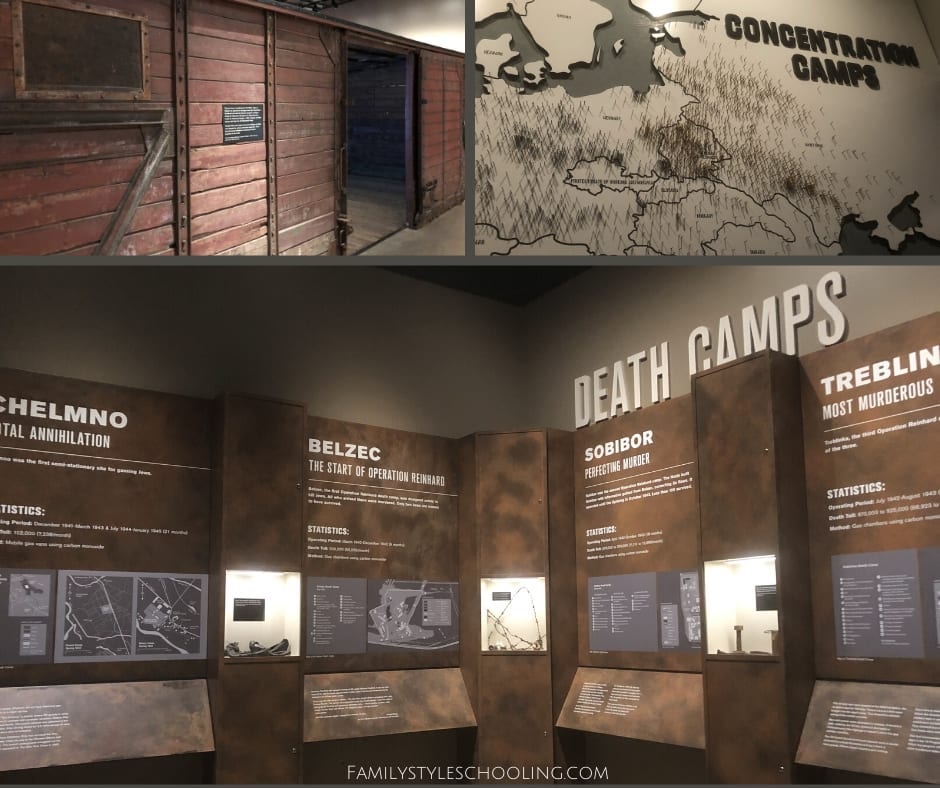
This museum just opened in October of 2019, so if you think you've been before, this building is brand new. The good news is that the new exhibit integrates many of the old features like the authentic WWII Nazi boxcar that transported Jews to the death camps.
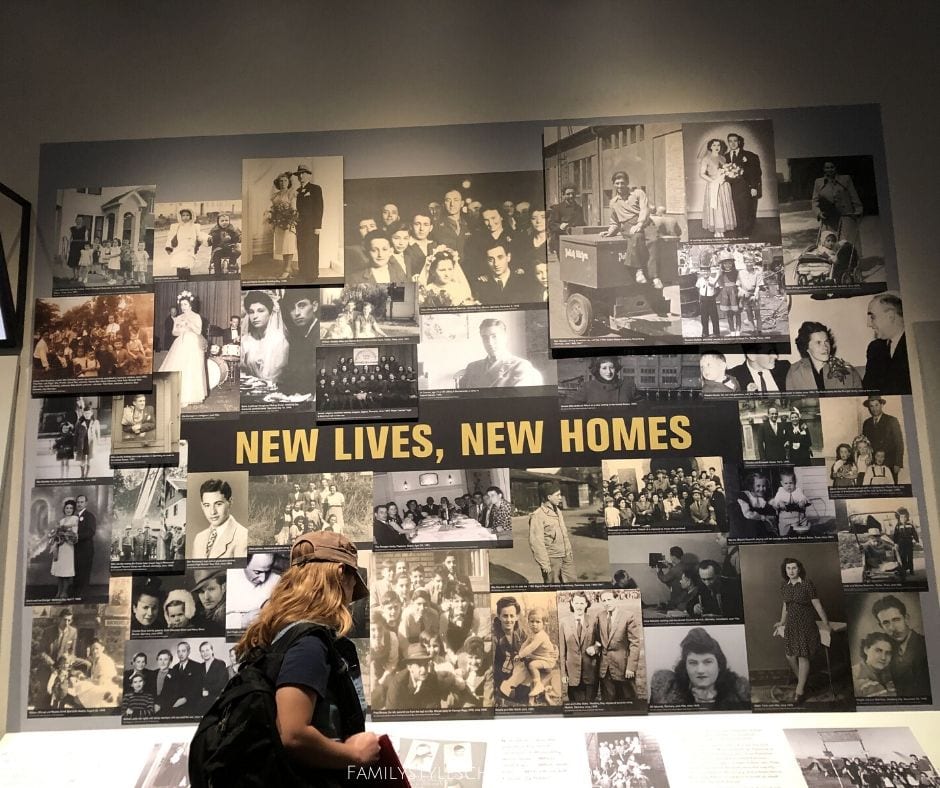
The stories of the survivors are incredible, and it is inspiring to see how they pressed on after experiencing the worst treatment from their fellow man.
Universal Declaration of Human Rights
As you journey through the timeline you reach the end of the war and the trial of the German leaders. The punishments don't seem to fit the crimes. This leads to a pivotal point in the museum: how should we then live?
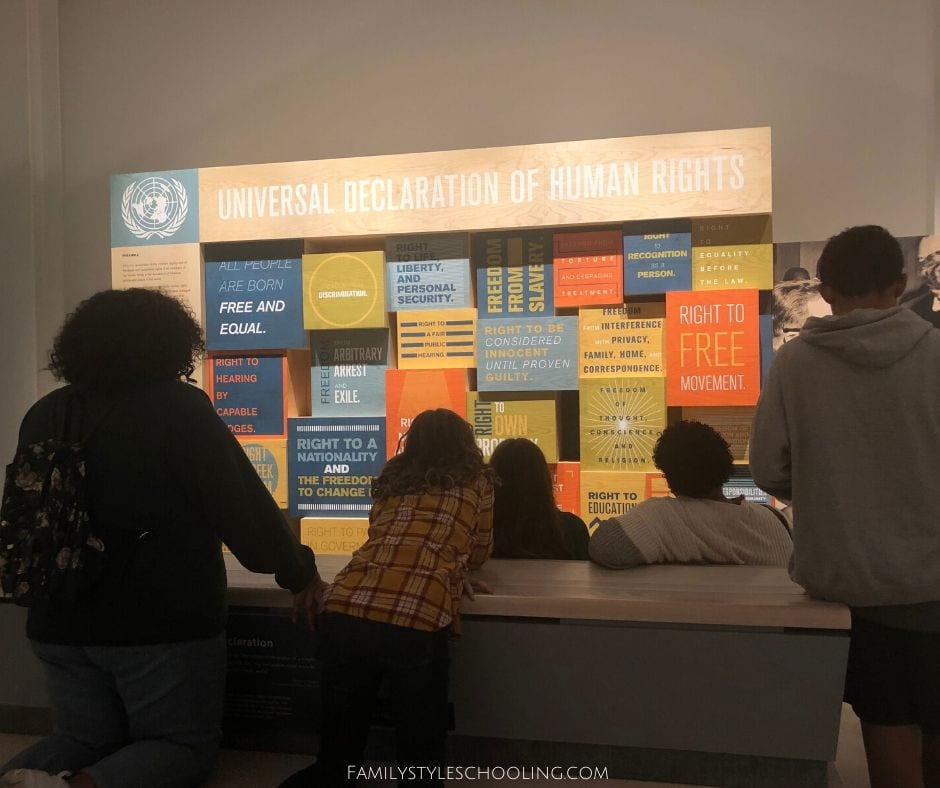
As you sit and read the ideals presented as universal human rights, you feel a glimmer of hope that all men should be able to live in this way. It's easy to look back on the atrocities of WWII and judge the perpetrators for their unjust treatment of their neighbors.
However as you turn the corner, you realize that genocide wasn't limited to WWII. Prejudice, hatred, and racism have fueled killings time and time again. The next exhibit demonstrates the ten stages of genocide as manifested around the world.
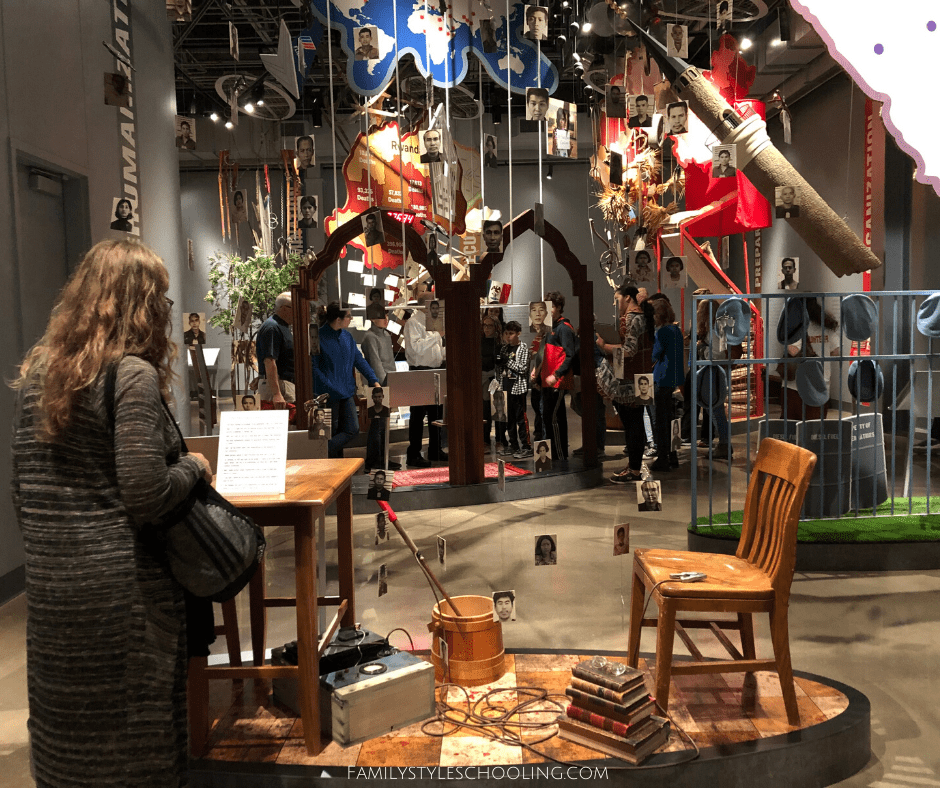
Graphic novels scattered throughout the room tell stories of genocide in Cambodia, Guatemala, and even on the coast of Texas. It is important to note that war isn't over. We have to continue to fight against injustice wherever we encounter it.
Human Rights Issues in the USA
The final section of the main exhibit demonstrates troubles with violating human rights in the United States. Women, children, and minorities have experienced violations to their civil rights over the years. Thankfully there are men and women who inspire us to follow in their footsteps as they stand up for those in need.

At this point, students can use interactive screens to find ways to be an upstander in their community. As you leave the exhibit, you walk through the meditation and remembrance room of the victims of WWII.
Stories From Survivors
I love hearing from local survivors. Unfortunately they will not always be with us. As we near the 100th anniversary of many of their births, the number of survivors is quickly diminishing. Thankfully the Dallas Holocaust Museum has captured their stories and preserved these encounters for years to come through holographic technology.
On our first visit, we talked with Max Glauben. It was fascinating to be able to ask him questions and have the hologram share his heart with us. This is truly a treasure for future generations.
On our next visit, we heard from Anita Lasker-Wallfisch. Her survival story is fascinating. Due to playing the cello, the women's orchestra in Auschwitz invited her to join. The cello saved her life. I came home and read her story because thirty minutes with the hologram was not enough!
The Best Education Inspires
The best teachers are the ones that inspire you to learn more, and to not just take what information they have as the end of the story. As we toured through this exhibit, docents recommended books to read for further study. Their passion for the subject was evident and contagious. Since I attended the exhibit, I've been reading all I can get my hands on to continue to deepen my understanding. Here are some of my favorites:
Number the Stars
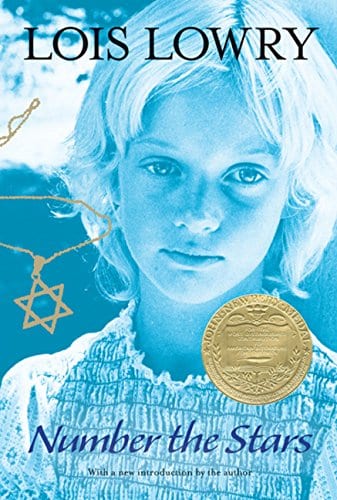
This one wasn't a new read for me, but it is one of my favorites. Reading about the Holocaust can be heavy reading, but this is a gentle introduction to the time period from the perspective of a child in Denmark. When Annemarie's Jewish friend's life is endangered, her family prove to be upstanders as they help them escape across the sea to Sweden.
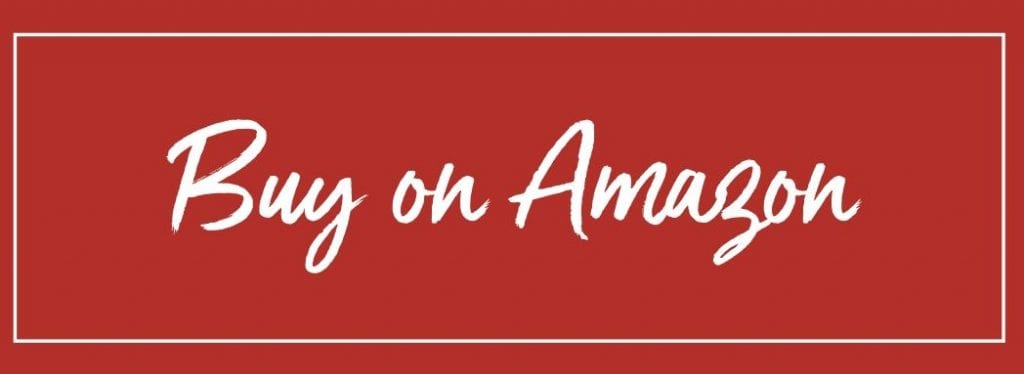
Milkweed
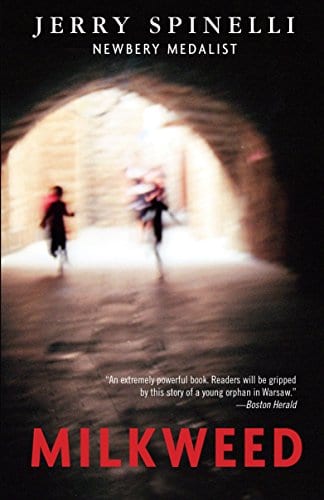
This children's book is set in the center of the action: Warsaw, Poland. As Jews are taken away from their homes and forced to live in ghettos, a young gypsy puts his thievery skills to work in feeding his Jewish friend's family and a group of young orphans.
Seeing through the innocent eyes of this young protagonist, readers experience the confusion that comes when faced with incomprehensible cruelty. I read through this one in a day. It's pretty hard to put down.
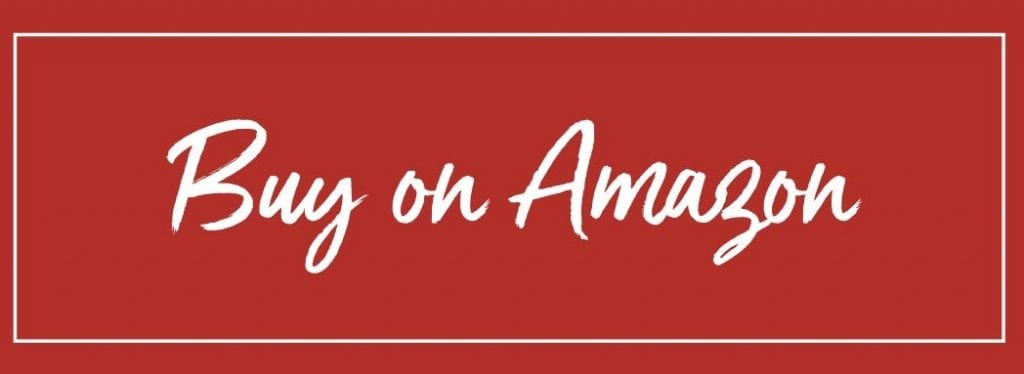
The Hiding Place
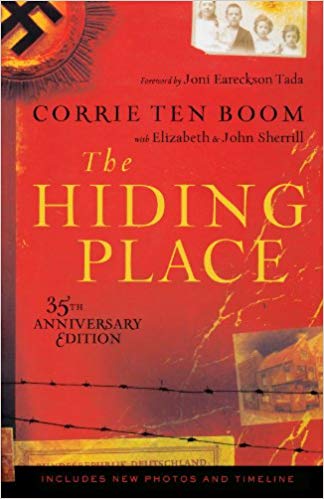
One of the most inspiring stories I've ever read is Corrie ten Boom's account of turning her family's watch shop into a hiding place for Jews. Weeks after the Germans captured them, Corrie's father died. The Germans eventually sent Corrie and her sister, Betsy, to Ravensbrück. Corrie survives and lives to spread her message of hope and forgiveness.

Lilac Girls: A Novel
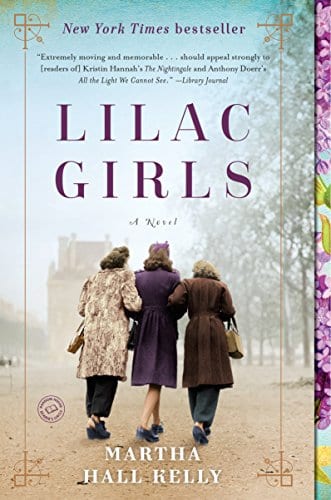
This historical fiction weaves the stories of three women together: an American socialite, a Polish teenager, and a German doctor. While this book is not for children, it does offer insight into the world of the war without God.
Based on the lives of the Ravensbrück rabbits, this book spans thirty-five years past the official end of the war to expose Poland's struggles to recover and rebuild after such extreme devastation.

The Nightingale: A Novel
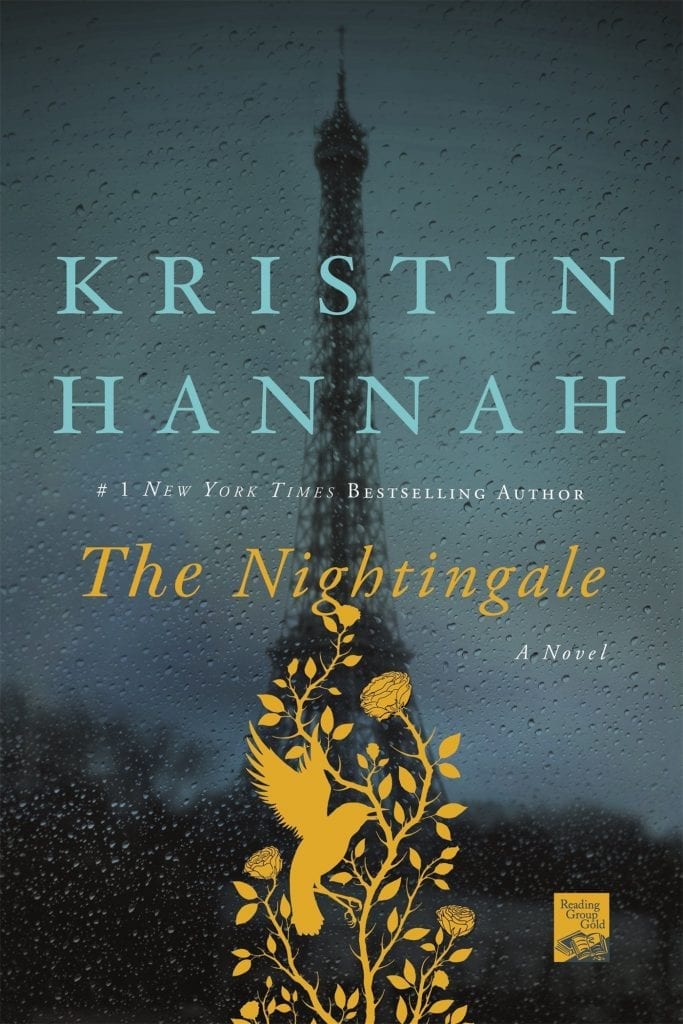
Another side of the war that I never thought about was the idea of what happens when all of your men leave to fight and the Germans come and occupy your country. This story follows two sisters in German-occupied France and their very different ways of responding to the circumstances.
This really challenged my thinking about what living in a war zone would really be like. The collateral damage of the war is staggering, and this book draws out another vantage point of WWII.

I'm still hunting good books set in WWII to read. Telling Her Story has a great list I'll be reading through this year.
What are some of your favorite learning reassures about WWII and the Holocaust?
Betsy Strauss is an unexpected homeschooler, mother of three, who is in a relationship with a sweet man for life. She loves reading books, drinking coffee, and learning anything with her kids.

